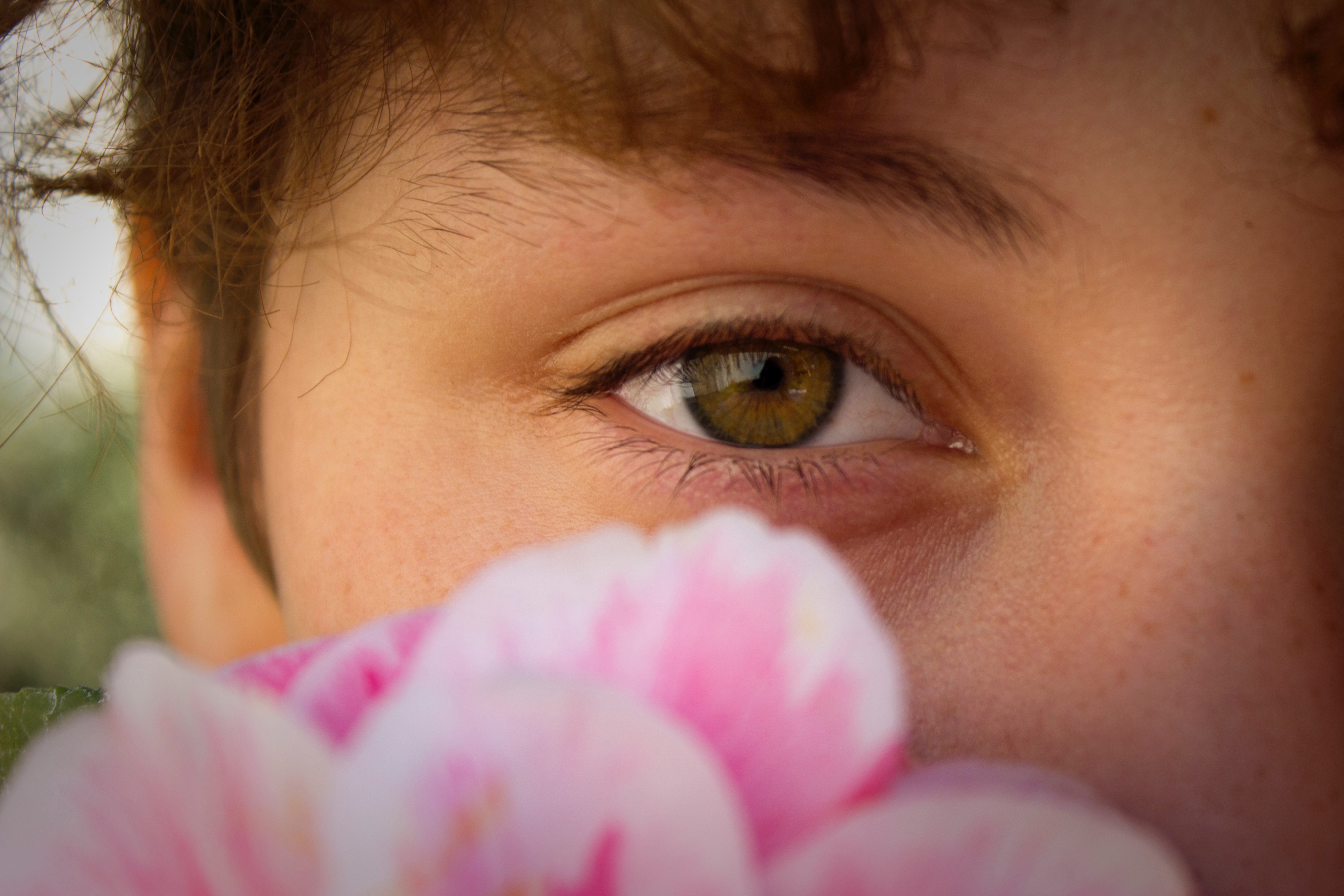Conjunctivitis, or more commonly known as Pinkeye, is a highly contagious infection of the eye. It is known as Pinkeye because the white of the eye tends to take on a pink or red color when it is infected. The infection is most commonly caused by a virus, bacteria, or allergens but can also be caused by chemicals, contact lenses, foreign bodies, fungi, parasites, or air pollutants. Sometimes it can be difficult to determine what the exact cause of conjunctivitis is because a lot of the symptoms are the same no matter what caused them.
Symptoms of conjunctivitis most commonly include pink or red coloration in the white of the eye, swelling of the conjunctiva, irritation, increased tear production, discharge, and crusting of the eyelids. Depending on what caused the conjunctivitis there may also be other symptoms. For viral causes, there may also be symptoms of the flu, cold, or respiratory infection. The virus will usually start in one eye and then spread to the other eye in the matter of days, and the discharge is usually watery, not thick. Bacterial causes on the other hand have a thicker discharge like pus, which can lead to the eyelids sticking together. Sometimes with bacterial causes an ear infection can also be associated with it. If it is an allergy the symptoms will usually occur in both eyes and produce an intense itching, tearing, and swelling in the eyes. It could also occur with other allergy symptoms such as an itchy nose, asthma, scratchy throat, and sneezing. If the conjunctivitis is caused by irritants it usually produces watery eyes and a mucus discharge.
If the conjunctivitis is caused by a virus or a bacteria it is highly contagious and can be spread from person to person in many different ways. It is important to stay home until your doctor says you can go back to work or school. In some cases the doctor may allow to remain at work or school, but it is important to remember the ways conjunctivitis can be transmitted to another person. The three most common modes of transmission include:
- Close personal contact such as shaking hands
- Through the air by coughing or sneezing
- Touching an object or surface that has been contaminated and then touching your eyes before washing your hands.
To prevent the spread of conjunctivitis wash your hands with soap and water regularly. If you are being treated for conjunctivitis make sure to wash your hands before and after cleaning your eyes and applying any eye drops or ointments to your infected eye. Avoid touching and rubbing your eyes as much as possible, this can worsen the condition, spread it to your other eye, or spread it to another person. Wash pillow cases, towels, sheets, clothes, and washcloths with hot water and detergent. Wash your hands after potential contact with any of these items that could be infected.
Though conjunctivitis will clear up in a week or two, make sure all items that could contaminated such as makeup, contact lenses, glasses, and linens are thrown away or properly cleaned. This will help prevent further infections in the future. In addition, making sure you are up to date on vaccines can help prevent against some of the viral and bacterial diseases that have been associated with conjunctivitis.

